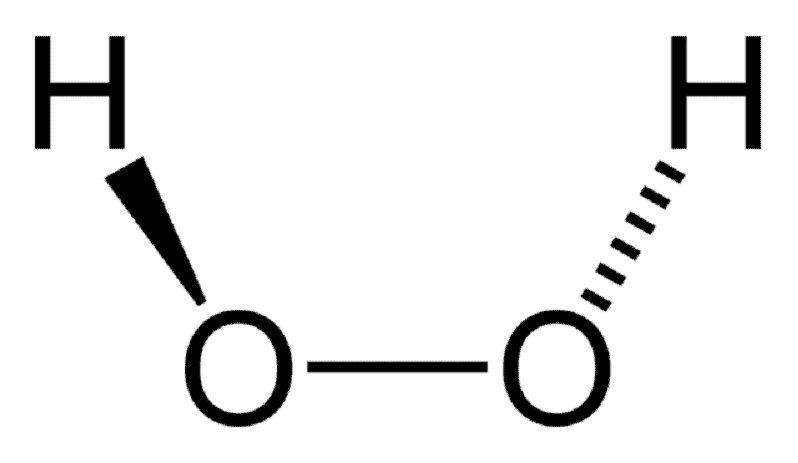No pet owner ever wants to have to make their animal throw up. However, there are times when doing that could mean the difference between life and death for your pet.
A good illustration is when your dog is walking on your tomato plant in the garden or nibbling on your chocolate bars.
The dog would need to vomit in order to expel anything in her system, so that would be the first step.
Hydrogen peroxide is a typical substance to cause vomiting. It is readily available and works effectively in most instances.
You reach out and administer the appropriate dosage to your dog, then you wait for the miracle.
The pet has not yet puked after a few minutes, then a few hours.
Object Swallowed
Some things won’t move no matter how hard you try to make yourself throw up.
Take for instance a liquid. Your dog will quickly absorb chocolate tea if she drinks it.
It can be challenging to throw up when large objects become lodged in the throat or intestines.
Don’t make the dog force herself to vomit if she exhibits signs of distress and excruciating pain.
Instead, rush her to the vet. Her life may very well depend on it.
What’s The Deal with Hydrogen Peroxide?

Hydrogen peroxide is not new to many homes. Most people have it in their medicine cabinet.
It is an effective antiseptic used to treat small wounds to prevent infection.
When a dog owner is unable to transport their animal to the veterinarian in a timely manner, the antiseptic can be given orally to a dog to make it vomit.
It causes the canine’s digestive tract to become so irritated that the contents of the stomach are thrown out.
The antiseptic will react with the stomach tissue when it gets to the dog’s stomach area, producing oxygen bubbles. These, in turn, stretch out the tummy and trigger vomiting.
Hydrogen peroxide should only be used at a concentration of 3%; nothing more.
If AKC recommendations are anything to go by, the right dosage is one teaspoon for ten pounds of weight. For instance, if your dog is 20lbs, the right dosage would be 2 teaspoons of the emetic.
Even if your dog weighs 45 lbs or more, do not exceed three teaspoons.
Use a turkey baster or syringe to inject hydrogen peroxide into Fido’s mouth in order to treat him.
Wait for 15 minutes. The dangerous substances from your dog’s gut should be able to leave her body.
Please refrain from acting on the advice of @joeschmoe in that pet questions forum and instead, take a break from Google and call your family veterinarian or your neighborhood animal hospital right away if you believe that your pet may have ingested something poisonous or hazardous. Let the professionals decide the safest course of action. In some cases, the doctor might advise you to dial (888) 426-4435 to reach ASPCA Animal Poison Control.
You can find anything on the Internet—I looked up “how to make a dog vomit,” and the results were shocking. Making your pet vomit at home (also known as inducing vomiting or inducing emesis) is not recommended unless absolutely necessary, and even then, it should always be done under the supervision of a veterinarian who is qualified to practice. In other words, you need to consult your local veterinarian right away. For advice, you could also contact a veterinary poison control center.
After taking the animal’s vital signs, weighing it, and performing a physical examination, we administer apomorphine. This information lets the veterinarian know if emesis is safe. Although apomorphine has few side effects, they can include temporary sedation or persistent vomiting that necessitates anti-vomiting medication.
AERC strongly advises against pet owners attempting any method to cause vomiting at home for the following reasons:
 So what do veterinarians do to induce vomiting? There are a variety of methods used to make dogs vomit in the veterinary clinic or hospital. At AERC, we use an intravenous injection called apomorphine. Sometimes a second dose is necessary, but apomorphine usually produces vomiting within two to five minutes of injection. The drug triggers nausea in the brain but does not irritate the stomach lining.
So what do veterinarians do to induce vomiting? There are a variety of methods used to make dogs vomit in the veterinary clinic or hospital. At AERC, we use an intravenous injection called apomorphine. Sometimes a second dose is necessary, but apomorphine usually produces vomiting within two to five minutes of injection. The drug triggers nausea in the brain but does not irritate the stomach lining.
FAQ
What do I do if my dog drinks hydrogen peroxide?
Contact Your Vet If You Give Too Much If your dog has consumed a toxin and hasn’t vomited, he or she needs a stronger medication for vomiting, which only your vet carries. Your dog should be able to eliminate both the actual toxin and the hydrogen peroxide with the help of this medication.
Is peroxide poisonous to dogs?
Giving your dog hydrogen peroxide in large doses or at a concentration lower than 3% can cause severe stomach irritation in dogs and result in secondary medical conditions.
How long will hydrogen peroxide make a dog throw up?
How long will my dog vomit after receiving hydrogen peroxide? Your dog may spend up to 45 minutes vomiting after receiving the appropriate dose of hydrogen peroxide. As much as you can, try to maintain their comfort and tranquility.
What happens if a dog doesn’t throw up after hydrogen peroxide?
You may administer the hydrogen peroxide one more time if vomiting has not occurred after more than 15 minutes have passed since the initial dose. If your dog is not vomiting, stop giving him hydrogen peroxide. This could lead to an overdose and hydrogen peroxide toxicity.